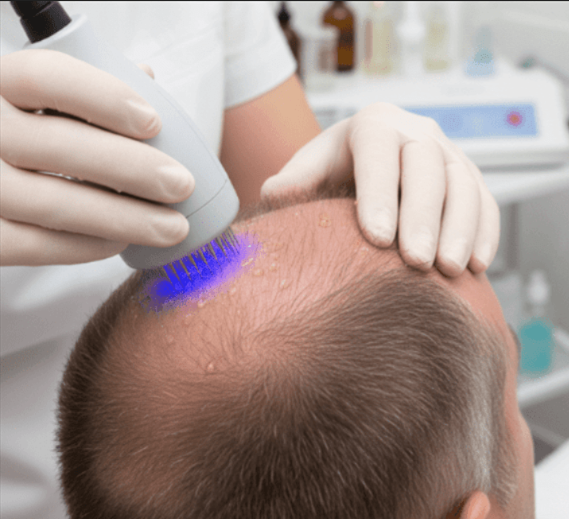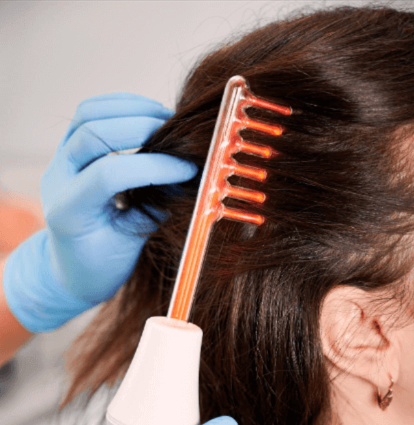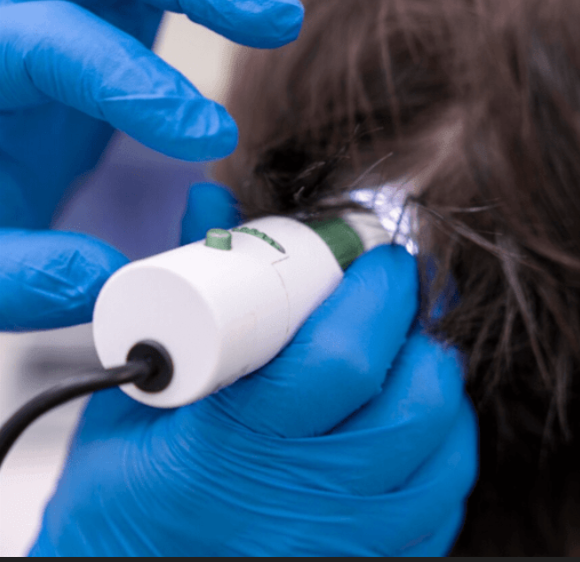Pico Laser is one of the most advanced and versatile technologies for treating pigmentation issues like melasma, sun spots, freckles, and post-inflammatory hyperpigmentation (PIH). While generally safe and effective, not everyone is a suitable candidate.
Inappropriate use of laser—especially in contraindicated patients—can lead to burns, worsening pigmentation, scarring, or other adverse effects.
This guide outlines the absolute and relative contraindications for Pico Laser pigmentation treatment and explains why patient selection is essential for safety and success.
🚫 Absolute Contraindications
(Patients should not undergo Pico Laser)
1. Active Skin Infections in the Treatment Area
- Examples: Bacterial infections, cold sores (HSV), fungal infections, or acne cysts
- Why it matters: Laser treatment over infected skin can worsen inflammation, spread infection, and delay healing.
🩺 Solution: Treat the infection first, then proceed once the skin is clear.
2. Pregnancy or Breastfeeding
- While Pico Laser isn’t known to be harmful to fetuses, no large-scale safety studies exist.
- Hormonal changes in pregnancy can also worsen pigmentation (e.g., melasma), making results unpredictable.
🩺 Solution: Delay treatment until after delivery and breastfeeding ends.
3. Recent Use of Isotretinoin (Accutane)
- Patients on or recently off isotretinoin are at risk of delayed wound healing and scarring.
🩺 Guideline: Wait at least 6 months after stopping isotretinoin before considering Pico Laser.
4. Keloid-Prone or Hypertrophic Scarring History
- Patients who develop keloids or hypertrophic scars may be at higher risk of adverse healing responses post-laser.
🩺 Solution: Proceed with extreme caution or consider alternative treatments like chemical peels or topicals under medical supervision.
5. Photosensitive Disorders
- Conditions like lupus (SLE) or porphyria can be worsened by laser exposure due to increased UV/light sensitivity.
🩺 Solution: Pico Laser is not recommended for these individuals.
6. Active Tanning or Recent Sunburn
- Recently tanned or sunburned skin is more reactive and prone to burns, hyperpigmentation, and hypopigmentation.
🩺 Guideline: Avoid laser treatment for at least 2–4 weeks after tanning and ensure the skin has fully recovered from sun exposure.
⚠️ Relative Contraindications
(Patients may undergo treatment with caution and medical clearance)
1. Uncontrolled Melasma
- Melasma is notoriously rebound-prone, especially with aggressive or frequent laser use.
- Even Pico Laser, which is gentler than traditional lasers, can trigger post-laser inflammation that worsens melasma if not properly managed.
🩺 Solution: Pretreat with topicals (e.g., hydroquinone, tranexamic acid, azelaic acid) for several weeks, and use low fluence settings with medical supervision.
2. Very Dark Skin Types (Fitzpatrick V–VI)
- Higher melanin content increases the risk of post-inflammatory hyperpigmentation (PIH) or hypopigmentation.
- However, Pico Laser is safer than other lasers for darker skin if used correctly.
🩺 Solution: Use conservative energy settings, longer intervals, and pre/post-treatment with pigment inhibitors and sunscreen.
3. Autoimmune or Inflammatory Skin Disorders
- Conditions like eczema, psoriasis, or rosacea may flare up with laser stimulation.
🩺 Solution: Avoid treating active lesions. Treat when the skin is calm and under control.
4. History of Poor Wound Healing or Recent Cosmetic Procedures
- If you’ve recently had a chemical peel, microneedling, or another laser, your skin may still be healing and too fragile for Pico Laser.
🩺 Guideline: Wait at least 2–4 weeks after other procedures, or longer if there’s residual inflammation.
5. Patients on Photosensitizing Medications
- Certain medications make the skin more sensitive to light and laser energy.
Examples:
- Tetracycline antibiotics
- NSAIDs
- Diuretics (e.g., hydrochlorothiazide)
- Certain antidepressants and antipsychotics
🩺 Solution: Pause medications (if medically appropriate) or delay treatment. Always consult your prescribing doctor first.
6. Unrealistic Expectations or Non-Adherence
- Patients expecting instant, permanent results or unwilling to follow pre- and post-care (especially strict sun protection) are more likely to have poor outcomes.
🩺 Solution: Educate patients thoroughly before beginning treatment.
⚠️ Pico Laser is NOT a “One-Size-Fits-All” Treatment
While highly effective, Pico Laser should always be personalized based on:
- Pigment type (epidermal vs dermal vs mixed)
- Skin type (Fitzpatrick I–VI)
- Medical history
- Lifestyle and risk factors
- Ability to adhere to sun protection and skincare
✅ Safe Practice Summary for Clinicians and Patients
| Condition | Recommendation |
|---|---|
| Active infection or HSV flare-up | Contraindicated — treat first |
| Pregnancy or breastfeeding | Avoid — defer treatment |
| Accutane use in past 6 months | Delay laser |
| Fitzpatrick V–VI skin | Proceed with caution, low fluence |
| Melasma | Pretreat + cautious protocol |
| Keloid scarring history | Usually contraindicated |
| Photosensitizing meds | Review and manage individually |
| Poor wound healing or laser overlap | Wait until skin has fully recovered |
🩺 Final Thoughts
The safest and most effective Pico Laser results come from careful patient selection.
If you’re considering Pico Laser for pigmentation, make sure to:
- Disclose your full medical history
- Follow all pre/post-care guidelines
- Work with a board-certified provider experienced in treating your skin type and condition




